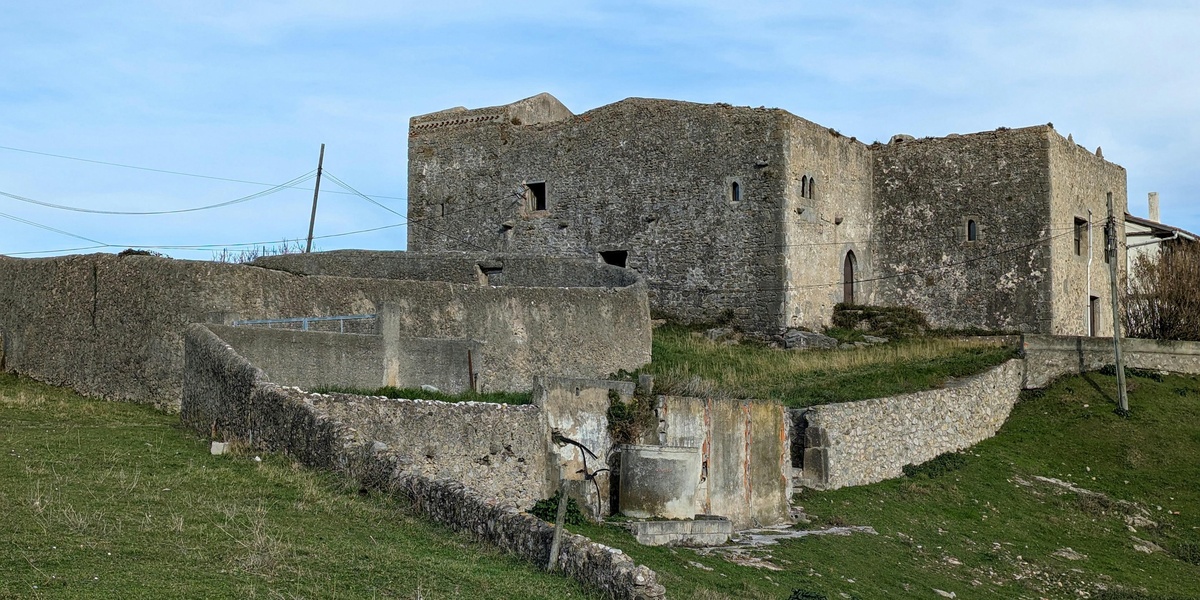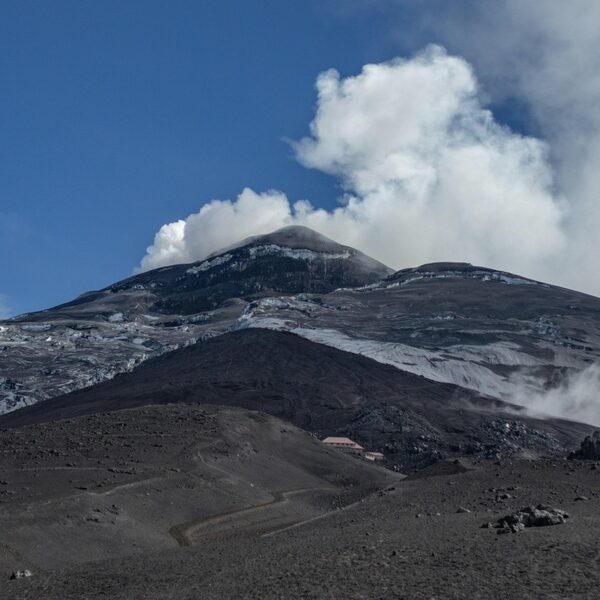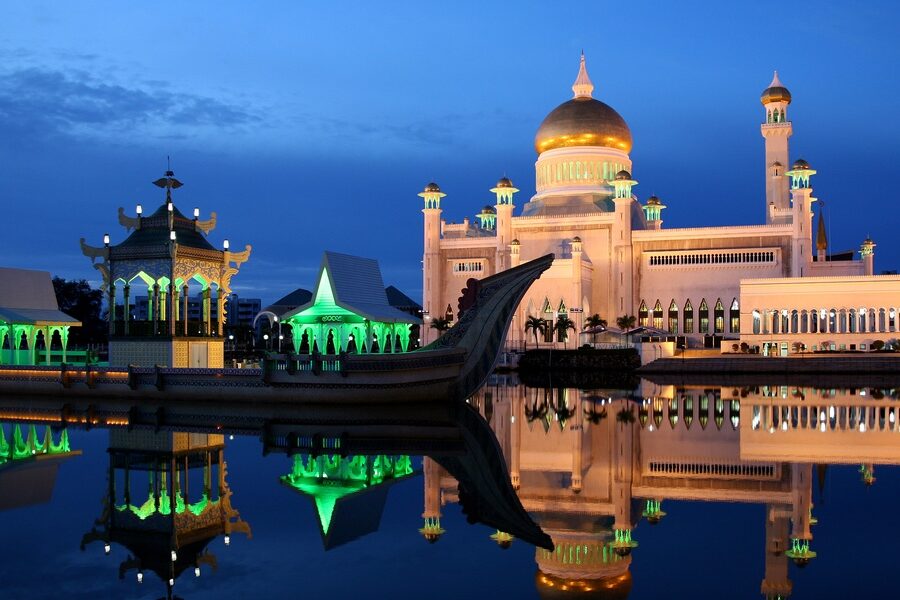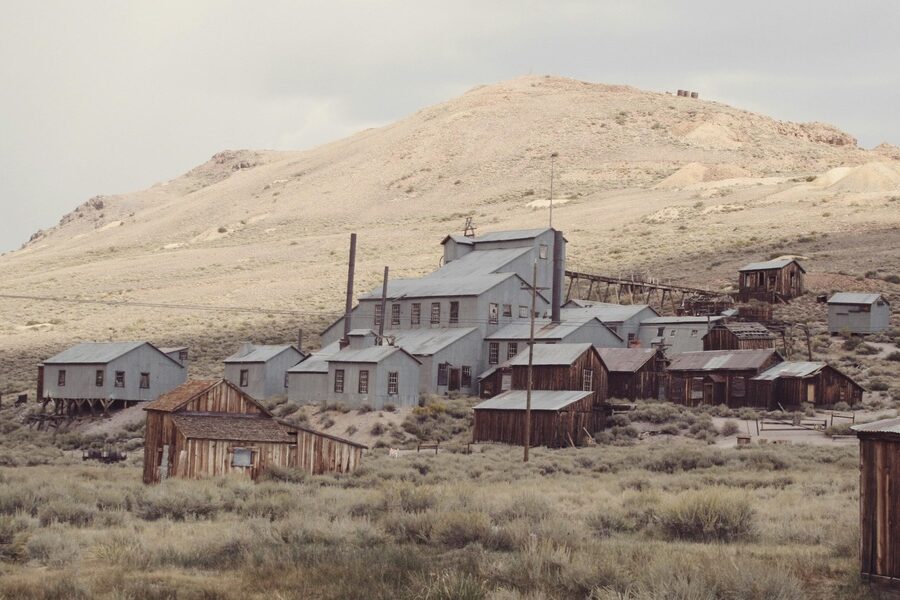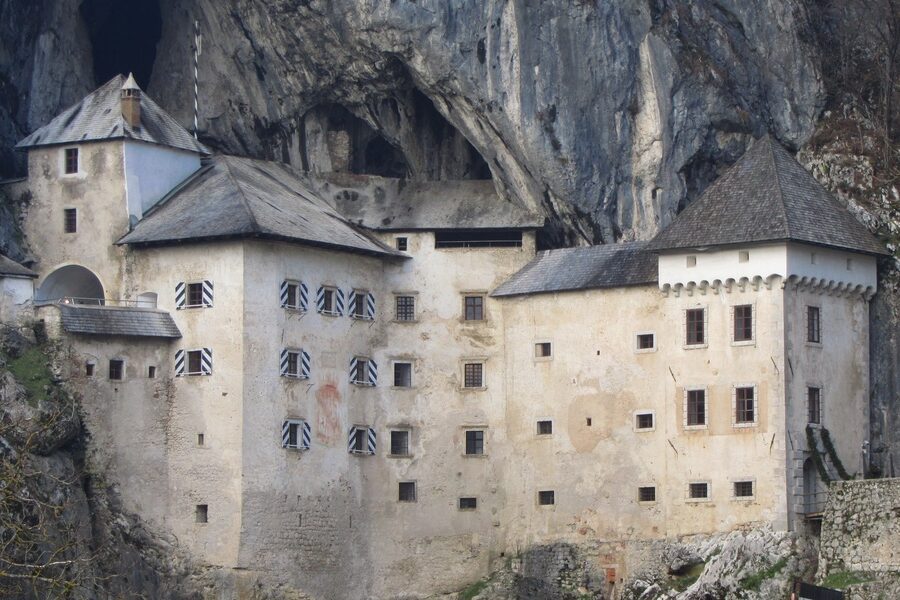Trinidad and Tobago’s coastline, plantation valleys and old industrial sites hold quiet traces of past industries and everyday life. Walks past crumbling walls, mill foundations and coastal platforms reveal how the islands were shaped by sugar, shipping and settlement over centuries.
There are 22 Ruins in Trinidad and Tobago, ranging from Arnos Vale Waterwheel to Usine Ste. Madeleine Sugar Factory. For each entry the data are organized with Island,Type,Coordinates (lat,long) so you can locate and plan visits easily; you’ll find below.
Are these ruins safe and open to visitors?
Access varies by site: some ruins are on public land or popular walking routes, while others sit on private property or in unstable condition. Check local signage, respect barriers, and contact heritage or tourism offices when in doubt; guided tours are a good way to see fragile sites safely.
How should I use the coordinates provided?
Use the coordinates as a starting point in a mapping app to find parking or trailheads, then verify conditions with recent satellite imagery or local sources. Coordinates help you navigate but always expect short on-the-ground changes and follow local access rules.
Ruins in Trinidad and Tobago
| Name | Island | Type | Coordinates (lat,long) |
|---|---|---|---|
| Fort George | Trinidad | Colonial fort complex | 10.6865,-61.5450 |
| Chacachacare Leper Colony | Trinidad | Abandoned settlement and institution | 10.6695,-61.7610 |
| Usine Ste. Madeleine Sugar Factory | Trinidad | Industrial sugar factory | 10.2798,-61.4332 |
| Nelson Island Quarantine Station | Trinidad | Historic institutional site | 10.6480,-61.6110 |
| Caura Church | Trinidad | Unfinished colonial church | 10.7078,-61.3853 |
| Brechin Castle Sugar Factory | Trinidad | Industrial sugar factory | 10.4281,-61.4589 |
| River Estate Water Wheel | Trinidad | Sugar plantation machinery | 10.7198,-61.5445 |
| Lopinot Estate Ruins | Trinidad | Cocoa plantation estate | 10.6975,-61.3532 |
| Fort Picton | Trinidad | Coastal defence fort | 10.6558,-61.5273 |
| Banwari Trace Archaeological Site | Trinidad | Amerindian archaeological site | 10.3542,-61.6669 |
| Fort San Andres | Trinidad | Coastal defence fort | 10.6489,-61.5164 |
| Fort King George | Tobago | Colonial fort complex | 11.1764,-60.7297 |
| Arnos Vale Waterwheel | Tobago | Sugar plantation machinery | 11.2064,-60.7938 |
| Fort James | Tobago | Coastal defence fort | 11.2223,-60.8351 |
| Mystery Tombstones & Estate Ruins | Tobago | Plantation estate cemetery | 11.2255,-60.8292 |
| Fort Bennett | Tobago | Coastal defence fort | 11.2333,-60.8167 |
| Speyside Waterwheel | Tobago | Sugar plantation machinery | 11.2858,-60.5401 |
| Fort Milford | Tobago | Coastal defence fort | 11.1501,-60.8291 |
| Studley Park Sugar Factory | Tobago | Industrial sugar factory | 11.2335,-60.6272 |
| Fort Granby | Tobago | Coastal defence fort | 11.1965,-60.6725 |
| Goldsborough Bay Ruins | Tobago | Plantation estate | 11.2172,-60.6433 |
| Richmond Great House Ruins | Tobago | Plantation estate | 11.2589,-60.6019 |
Images and Descriptions
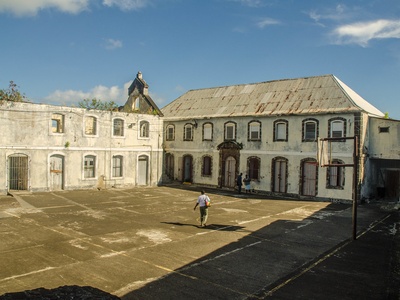
Fort George
Built in 1804, this well-preserved colonial fort offers panoramic views of Port of Spain. Visitors can explore original cannons, ruined barracks, and a powder magazine. The site is easily accessible by car and popular for its scenic vistas and historical significance.
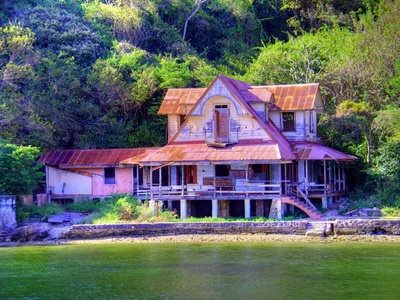
Chacachacare Leper Colony
On the remote island of Chacachacare, these extensive ruins include a former leper colony, a doctor’s house, and a convent. Accessible only by boat tour, the haunting, overgrown buildings tell a powerful story of isolation and medical history from the early 20th century.
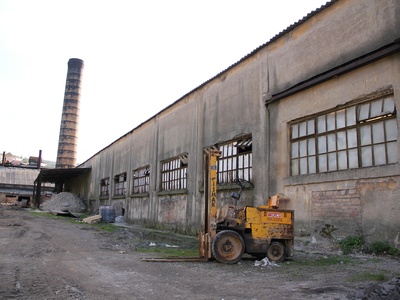
Usine Ste. Madeleine Sugar Factory
Once the British Empire’s largest sugar factory, these massive industrial ruins are a monument to Trinidad’s sugar industry. The decaying structures and giant machinery are a powerful, though generally inaccessible, reminder of the island’s economic history. Visible from the main road.

Nelson Island Quarantine Station
A key immigration and quarantine depot from 1866, particularly for East Indian indentured labourers. The ruins of barracks and facilities are now a heritage site accessible via organized tours, offering a poignant look at Trinidad’s multicultural past.
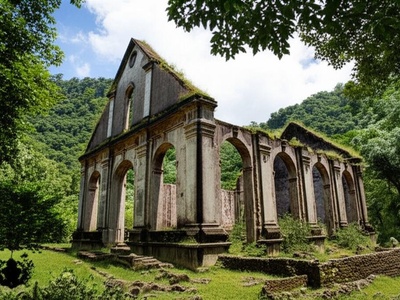
Caura Church
Deep in the Caura Valley stands the towering, unfinished stone structure of a church, abandoned in the 1940s after a planned dam project was cancelled. This beautiful, overgrown ruin is a popular destination for hikers and photographers seeking a tranquil, historical spot.
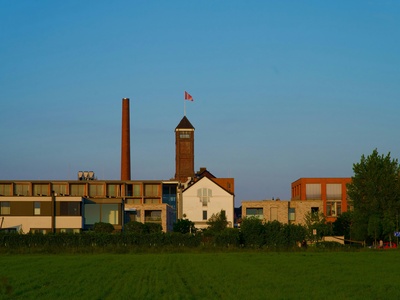
Brechin Castle Sugar Factory
Another giant of the sugar industry, the Brechin Castle factory now stands as a vast industrial ruin. Its smokestacks and decaying buildings mark the landscape of central Trinidad. The site is on private property but its scale is visible from surrounding areas.
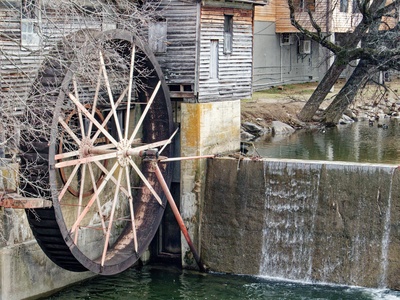
River Estate Water Wheel
This large, well-preserved 19th-century water wheel is a remnant of the former River Estate sugar plantation. Located near the Diego Martin river, it’s an easily accessible and picturesque example of the technology that powered the colonial sugar industry.
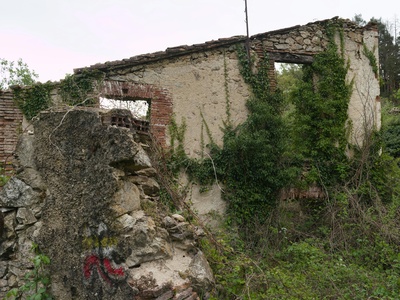
Lopinot Estate Ruins
While the main house is restored, the surrounding Lopinot Valley contains ruins of the original 19th-century cocoa estate, including drying houses and workers’ barracks. The site offers a blend of history, nature, and folklore in a scenic river valley.
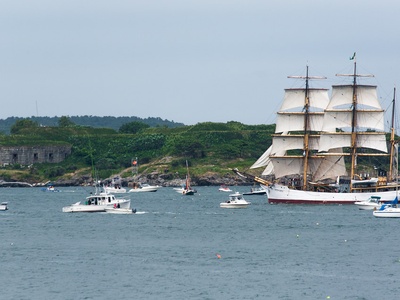
Fort Picton
Overlooking the Gulf of Paria from Laventille, this Martello tower was built in the early 1800s but never saw military action. The stone tower remains, offering historical context, but the area requires caution. It is best visited with a knowledgeable local guide.
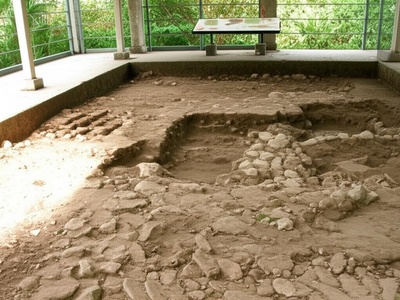
Banwari Trace Archaeological Site
The oldest pre-Columbian site in the Caribbean, dating to 5,000 BCE. While not a structural ruin, it contains the remains of a 6,000-year-old human skeleton and artifacts, protected under a viewing shed. A site of immense archaeological importance.
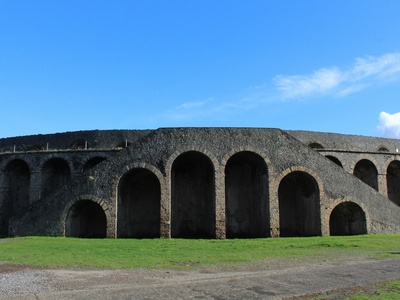
Fort San Andres
Located on what is now a bustling Port of Spain street, this small fort was built by the Spanish in the 1780s. Its remaining stone walls are integrated into the modern cityscape, serving as a public landmark and a reminder of the city’s origins.
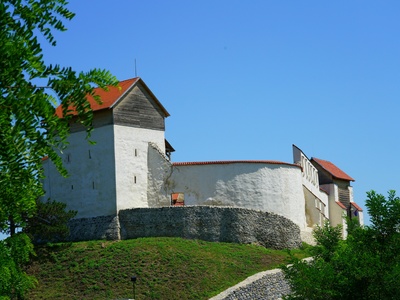
Fort King George
Perched above Scarborough, this is Tobago’s largest and best-preserved fort. It features restored buildings, a museum, and extensive ruins of barracks, officers’ quarters, and cannons overlooking the Atlantic. A must-visit site for its history and commanding views.
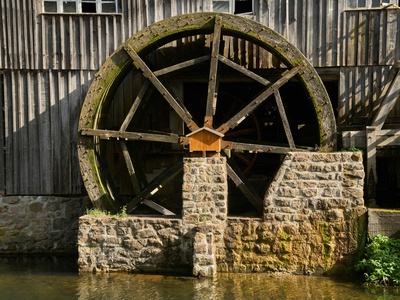
Arnos Vale Waterwheel
One of Tobago’s most iconic ruins, this large, picturesque waterwheel was part of the Arnos Vale sugar estate. Set in a lush valley, the restored wheel and surrounding ruins of the boiling house are a beautiful testament to the island’s agricultural past.
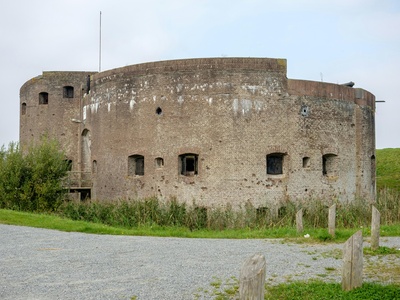
Fort James
Guarding Great Courland Bay near Plymouth, this small 18th-century fort is one of Tobago’s oldest. Its remaining stone walls and several cannons offer a quiet, scenic spot to appreciate the island’s colonial history and enjoy beautiful coastal views at sunset.
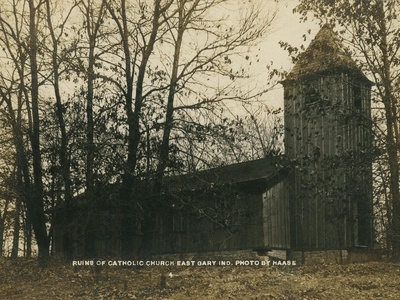
Mystery Tombstones & Estate Ruins
Located in a Plymouth cemetery, these two enigmatic 18th-century tombstones are famous for a cryptic inscription. They are part of the former Courland Estate, and nearby ruins of the sugar works can also be explored, tying the mystery to plantation history.
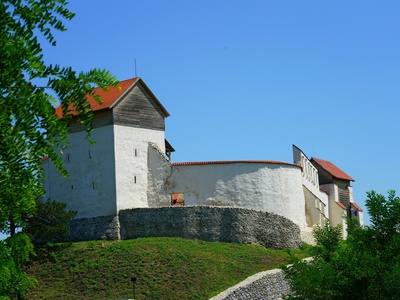
Fort Bennett
Overlooking Black Rock, this small fort provides stunning clifftop views of the Caribbean Sea. A few cannons and the remnants of the battery walls remain. It is a popular, easily accessible spot for watching the sunset and appreciating the coastal scenery.
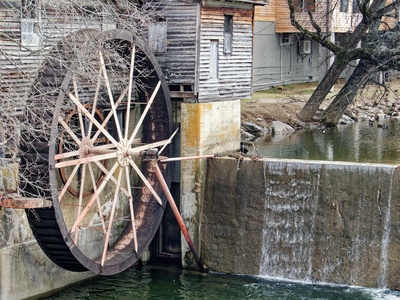
Speyside Waterwheel
Located just off the main road in Speyside, this large waterwheel served a former sugar estate. The impressive iron structure is partially overgrown, offering a glimpse into the industrial heritage of this part of Tobago. It is an easy and interesting roadside stop.
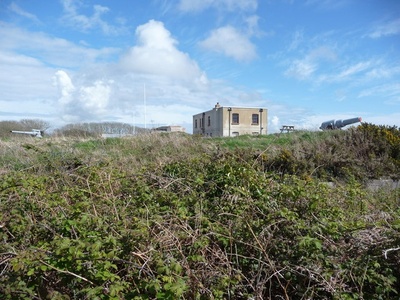
Fort Milford
Located near Crown Point, this small fort once protected Tobago’s southwestern coast. Today, its cannons still point out to sea amidst the ruins of its ramparts. It’s an easily accessible site offering a quick dose of history and sea views.
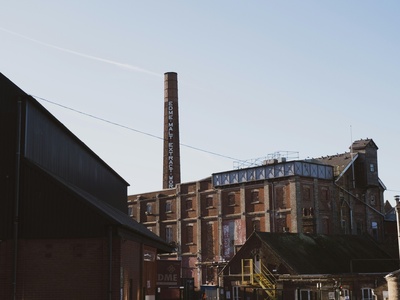
Studley Park Sugar Factory
The ruins of the old Studley Park sugar factory, including its distinctive chimney, lie near the coast at Studley Park Bay. This site marks one of Tobago’s attempts at centralized sugar processing. The remains are a stark reminder of a bygone industrial era.
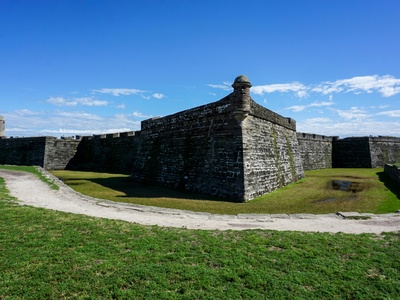
Fort Granby
Established in the 1760s, this was once the seat of government in Tobago. Today, only earthworks, a memorial, and a lone cannon remain. It’s a historically significant but subtle ruin, offering a peaceful setting and a glimpse into early colonial administration.
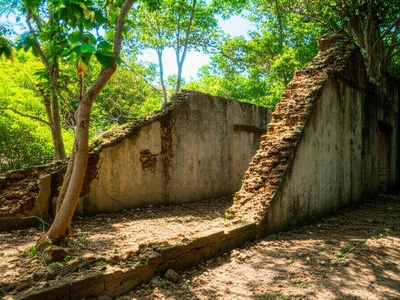
Goldsborough Bay Ruins
The ruins of a sugar and indigo plantation are scattered near Goldsborough Bay. Remnants of the old buildings and machinery can be found by those exploring the area, telling a story of Tobago’s diverse colonial agriculture beyond just sugar production.
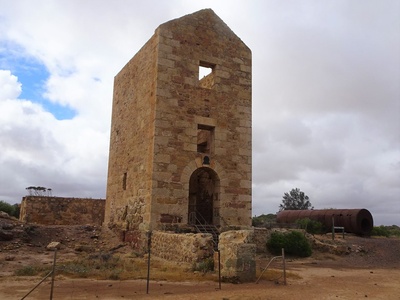
Richmond Great House Ruins
While the main house has been restored as a private residence, the surrounding grounds contain the extensive ruins of the original sugar works, including a chimney and boiling house. Visitors can explore a key piece of Tobago’s plantation history in a beautiful setting.

